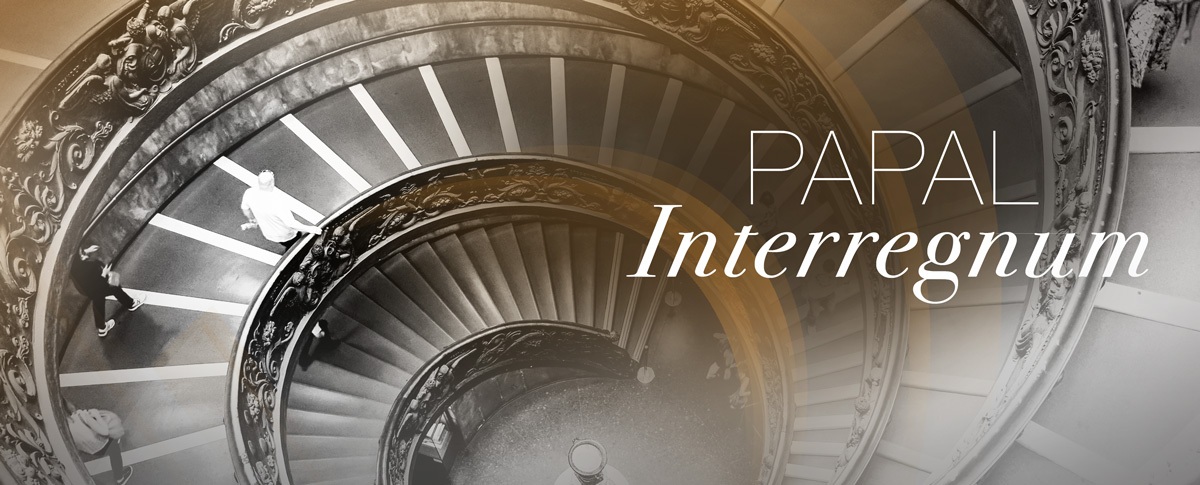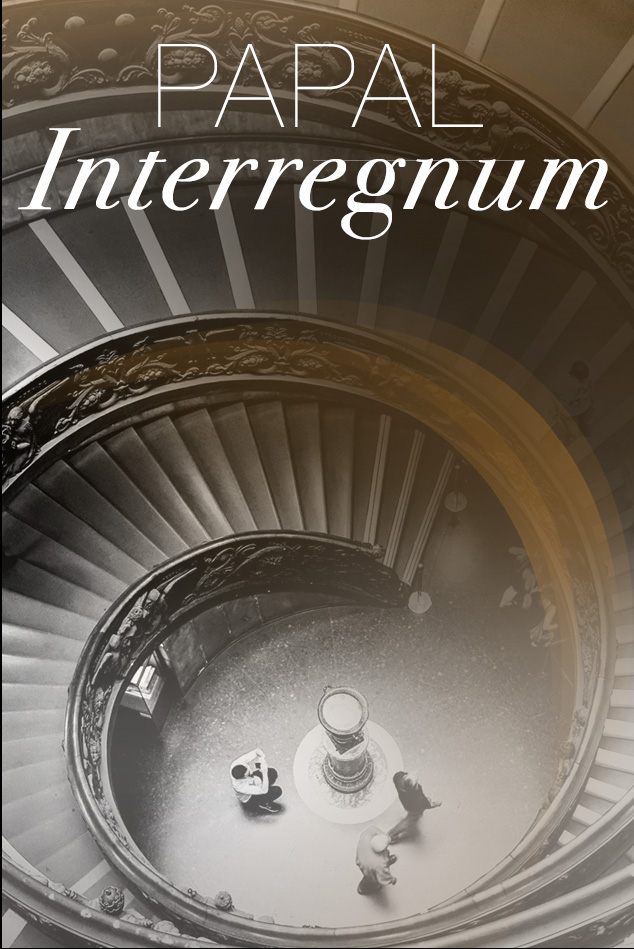The Papal Chapel and the Papal Household together make up what was once called the Papal Court. The Pontifical Chapel is composed of those ecclesiastics who participate in solemn papal liturgies with honor. They are given according to their precedence.
College of Cardinals, according to their Order (Cardinal Bishop, Cardinal Priest, Cardinal Deacon) and precedence within their Order.
Patriarchs (unless also included among the Sacred College of Cardinals, in which case that precedence is determinative)
Archbishop Heads of Roman Dicasteries
Secretaries of Roman Congregations
Regents of the Apostolic Penitentiary
Secretary of the Supreme Tribunal of the Apostolic Signatura
Dean of the Tribunal of the Roman Rota
Prelates Superior of the Pontifical Councils and Pontifical Commissions
Abbot of the Abbey of Monte Cassino
Abbots General of the Canons Regular
Abbots General of the Monastic Orders
Superior Generals, or alternately Procurator Generals, of the Mendicant Orders (Franciscans, Dominicans)
Prelate Auditors of the Tribunal of the Roman Rota
Prelate Votanti of the Supreme Tribunal of the Apostolic Signatura
Members of the Chapters of the Patriarchal Basilicas (St. John Lateran, St. Peter’s, St. Mary Majors, St. Paul’s).
Consistorial Advocates
Parish Priests of Rome
Clerics of the Pontifical Chapel
Family of the Pope
The Sistine Chapel is a chapel of the Apostolic Palace of the Vatican built for Pope Sixtus IV, after whom it was named. In 1508 Pope Julius II commissioned Michelangelo Buonarroti to decorate its vault or ceiling, a task he completed in 1512. Between 1536 and 1541, Michelangelo painted the Last Judgment on the altar wall for Pope Paul III.
It is in the Sistine Chapel, before the imposing painting of the Last Judgment, that the Cardinal Electors gather to choose a Pope. It is also here where the newly deceased Pope is viewed by the members of the Papal Household and the College of Cardinals, before being taken to lay in state in St. Peter’s Basilica for public visitation.

